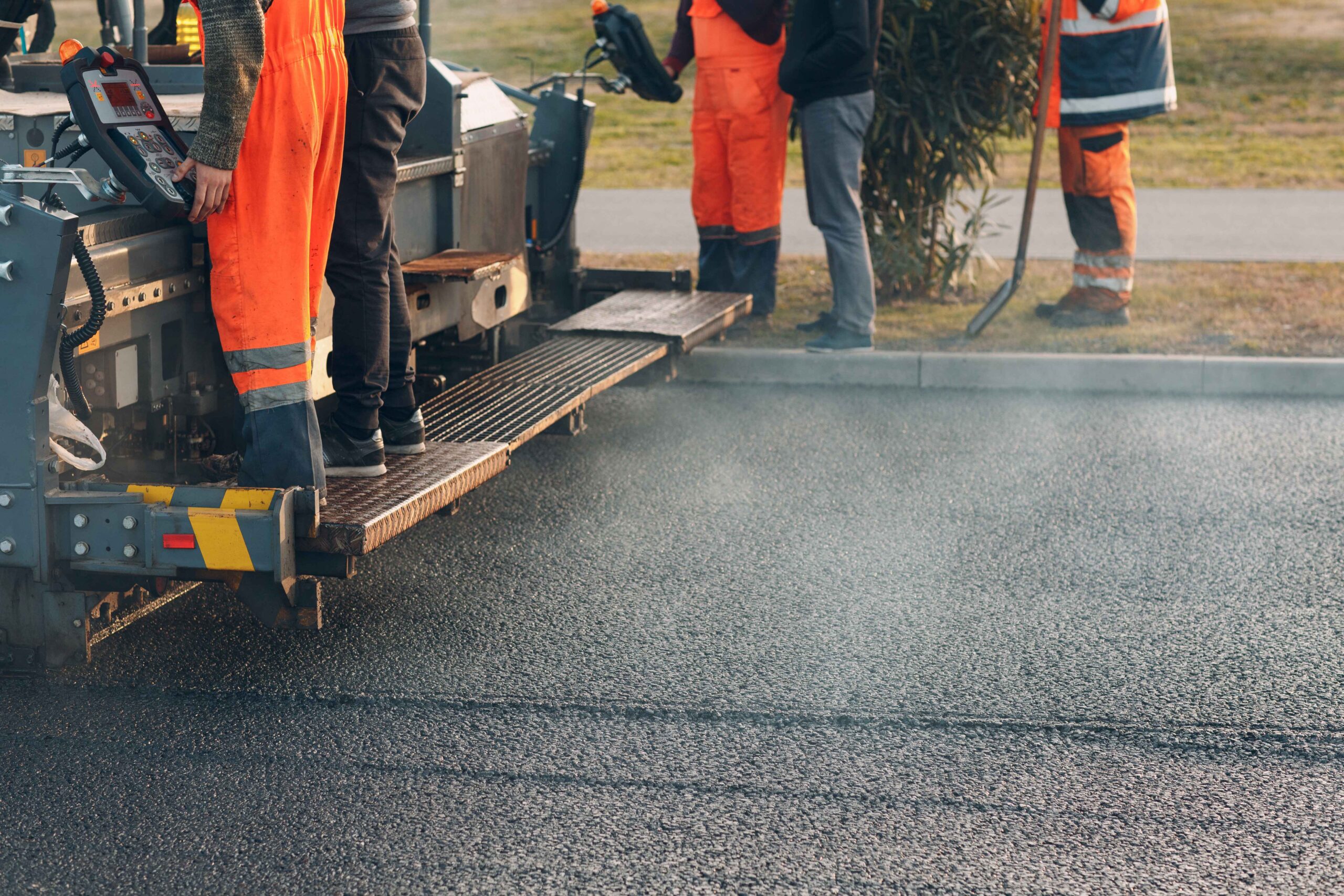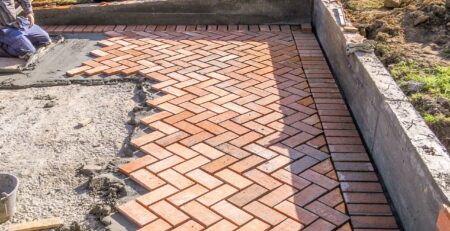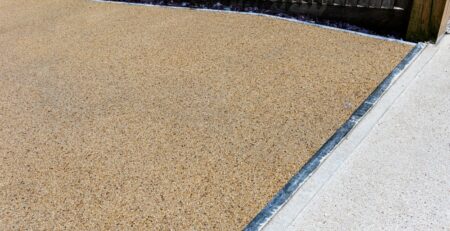Expert Guide to Tarmac Installation: Process, Benefits & Applications
Tarmac, also known as tarmacadam, remains one of the most popular surfacing materials in the UK for driveways, roads, and commercial spaces. Thanks to its strength, quick installation time, and cost-effectiveness, tarmac installation is a preferred choice for both residential and commercial projects across Hertfordshire and beyond.
Whether you’re considering resurfacing a private drive or laying a new car park, understanding the tarmac installation process is essential. This blog outlines everything you need to know, including the step-by-step procedure, key advantages, and common applications.
What Is Tarmac?
Tarmac is a surfacing material made by combining crushed stone or aggregate with tar. In modern installations, bitumen (a by-product of petroleum) is typically used instead of traditional coal tar, but the name “tarmac” remains commonly used.
Tarmac is known for its durability, smooth finish, weather resistance, and relatively low installation costs—making it ideal for everything from residential driveways to commercial road networks.
Tarmac Installation: Step-by-Step Process
A professional tarmac installation involves several stages to ensure a long-lasting and even surface. Here’s a breakdown of what typically happens:
1. Site Preparation
Proper site preparation is crucial. This includes:
- Clearing the area of debris, vegetation, or old surfacing.
- Marking boundaries for the new tarmac layer.
- Ensuring appropriate drainage is in place to avoid water pooling.
2. Excavation and Sub-Base Laying
The ground is excavated to a depth suitable for the type of traffic the surface will bear. A solid sub-base is then installed—usually crushed stone or Type 1 MOT hardcore. This provides foundational strength and stability.
3. Compacting the Base
The sub-base is compacted using a vibrating roller to ensure it’s firm and level. Poor compaction can lead to surface sagging or cracks later on.
4. Edging Installation (if required)
For driveways and pathways, edging such as concrete kerbs or block borders is added at this stage. It helps define the shape and gives extra support to the tarmac layer.
5. Applying the Binder Course
A binding layer of coarse tarmac (base tarmac) is laid and compacted. This adds strength beneath the finer top layer.
6. Laying the Surface Course
The final layer is the surface course—a finer grade of tarmac that offers a smooth, attractive finish. It’s applied while hot and compacted quickly to ensure a seamless result.
7. Finishing and Curing
The surface is rolled one final time and left to cure. It can usually be walked on after 24 hours, though vehicle traffic should be avoided for at least 48 hours.
Advantages of Tarmac Installation
When carried out professionally, tarmac installation offers several distinct benefits:
✅ Quick Installation
Tarmac can be installed and set much faster than alternatives like block paving or concrete. This is ideal for projects requiring minimal disruption, such as car parks or commercial entrances.
✅ Cost-Effective
Compared to resin or paving, tarmac is generally more budget-friendly—especially for large surface areas.
✅ Highly Durable
Tarmac can handle heavy traffic loads without significant wear and tear. It’s also resistant to fuel spills and harsh weather conditions.
✅ Low Maintenance
Minor cracks or damage can often be repaired quickly with patching or sealing, without needing a full resurfacing.
✅ Versatile Applications
Tarmac is suitable for driveways, access roads, playgrounds, pathways, car parks, forecourts, and more.
Common Applications of Tarmac
Tarmac is incredibly adaptable, making it ideal for a wide range of residential and commercial uses:
- Driveways: Clean, smooth, and long-lasting—ideal for homeowners seeking practicality.
- Car Parks: Whether for small business premises or large retail parks, tarmac handles traffic well.
- Roadways & Access Routes: Frequently used in public highways and private estate roads.
- Footpaths & Cycle Paths: Tarmac offers a safe, even surface for pedestrians and cyclists.
- Playgrounds & Recreational Areas: A smooth surface that can be easily marked for sports or games.
Why Choose Professional Tarmac Installation?
Tarmac installation might look straightforward, but it requires precision, timing, and the right equipment. Poorly installed tarmac can suffer from issues like:
- Surface cracking
- Water pooling
- Uneven levels
- Premature wear
Professional surfacing contractors use quality materials, ensure accurate ground preparation, and adhere to health and safety regulations. For homes or businesses in Hertfordshire, working with experienced commercial tarmac contractors in Hertfordshire ensures a long-lasting and visually appealing result.
Conclusion
Tarmac installation is a tried-and-tested method for creating strong, smooth, and visually appealing surfaces. From tarmac driveways in Hertfordshire to full-scale commercial roadways, the material’s quick laying time, affordability, and resilience make it an excellent choice for a wide variety of surfacing needs.
Whether you’re a homeowner looking to refresh your front drive or a business owner requiring reliable tarmac surfacing in Hertfordshire, it’s important to hire skilled contractors to guarantee lasting performance and minimal maintenance.




Leave a Reply